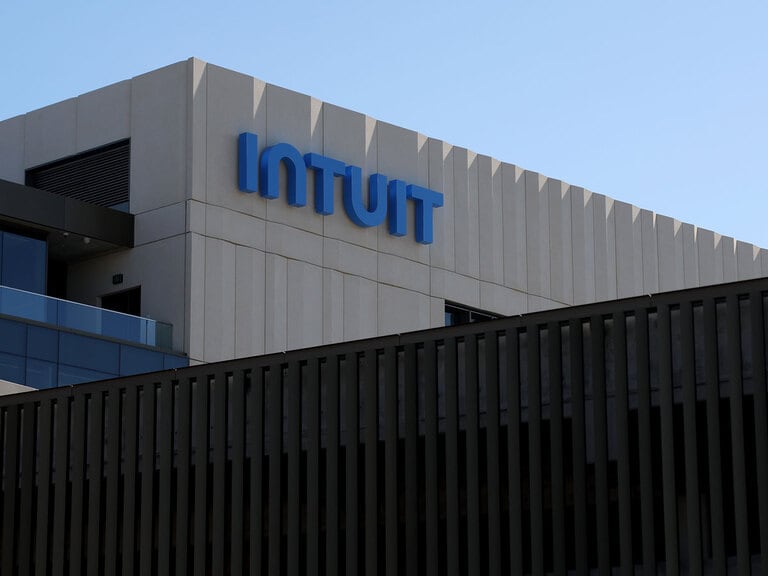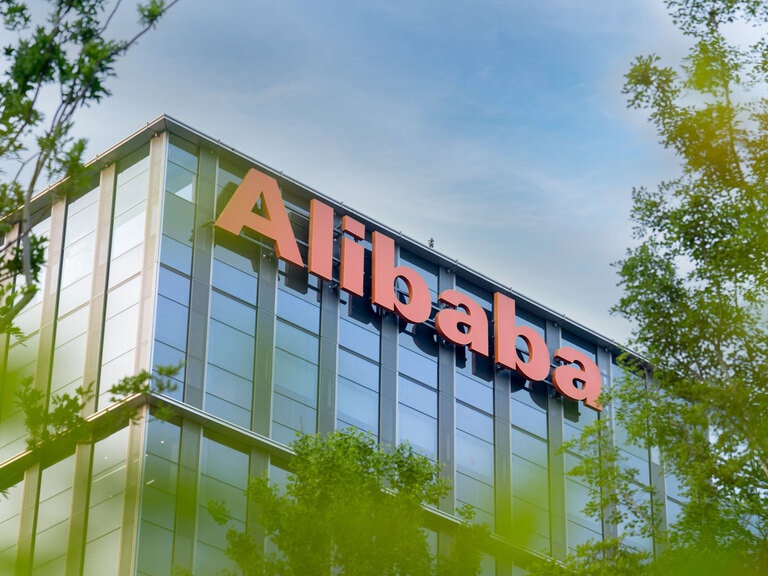The three-letter acronym took over investors’ lexicon at the start of 2021. Even Merriam-Webster got in on the action, selling the definition of ‘NFT' as an NFT. Speculators have since poured in and created a gold rush, leading to concerns that it’s a fad about to fade. In truth, NFTs have utility far beyond art and collectables.
Auction house Christie’s turned heads in March 2021, when it sold its first “purely digital artwork” produced by computer science graduate Mike Winkelmann, who works under the moniker Beeple, for $69m. The purchase shook the art world. Not because of the figure paid, but because the buyer was essentially receiving a single, high-resolution Jpeg file.
The sale was recorded on the Ethereum [ETH] blockchain, and the buyer received a non-fungible token (NFT) attached to the transaction, which was stored in their digital wallet. An NFT is essentially a secure documentation of ownership known as a smart contract, which is stored on a blockchain. NFT mania has swept blockchain marketplaces in the months since.
CryptoPunks, arguably the trailblazers of the burgeoning space that were first released in 2017, have fetched price tags as high as $11m for its NFTs at Sotheby’s. Even content creators working across various digital media are cashing in. Remember ‘Charlie Bit My Finger’, a home video of a baby biting his brother, uploaded to YouTube in 2007? It sold for $760,000. How about that image turned viral meme of a young girl smirking as a house burns behind her? That sold for $500,000. The majority of creations are being auctioned off through peer-to-peer marketplaces such as OpenSea and Rarible, both of which are built on the ethereum blockchain.
There’s a misconception that NFTs must be bought with Ethereum, Manu Choudhary, the co-founder of decentralised finance exchange DeFinity, tells Opto. This isn’t the case. The fees associated with Ethereum transactions can also be “eye-watering”, Choudhary adds. If investors are looking for alternatives to trade NFTs “without the burden of high-frictional costs [the total costs associated with a transaction]”, they could consider looking at ALL-ART or Solanart — platforms that use the Solana [SOL] network.
From fringe to investment trend
The origins of NFTs are often accredited to early bitcoin [BTC] developer Hal Finney, who envisaged a future of “cryptographic trading cards”. In the early nineties, Finney described a process of buying and selling digital collectables in a post on the bulletin board CompuServe. Fast forward to October 2020, and the NBA launched an online exchange, Top Shot, which is akin to a marketplace for digital trading cards, except users buy and sell NFTs of NBA highlights.
It was in 2014, however, that the concept of NFTs as we have come to know it was conceived, when digital artist Kevin McCoy and tech entrepreneur Anil Dash came up with the idea at a hackathon. McCoy saw the need for a system that helped fellow artists track and take ownership of their digital works, which, at the time, were often being widely shared across sites like Tumblr with no credit.
McCoy’s Quantum, arguably the first NFT ever minted, was sold by Sotheby’s for $1.4m last year. But Dash has admitted that what started out as a concept to protect artists hasn’t yet been realised, although it has “yielded a lot of commercially exploitable hype”. Writing in The Atlantic in April 2021, Dash stressed that “most of the startups and platforms used to sell NFTs today are no more innovative than any random website selling posters”.
“Most of the startups and platforms used to sell NFTs today are no more innovative than any random website selling posters” – Tech entrepreneur Anil Dash
Are NFTs built on a house of cards?
As speculators continue to eye up investment opportunities in the NFT world, talk of a bubble should be expected, JP Vergne tells Opto. He’s an associate professor at the UCL School of Management, where he researches technology and decentralisation, with a specific focus on NFTs and cryptocurrency. The problem is a lack of regulation, which means speculative trading and opportunism can’t be prevented. In the short-term, serious investors face wash trading risks, warns Vergne.
Wash trading involves manipulating the trading activity in an asset — or stock — to make it more attractive to potential buyers. As Vergne explains, a person can use pseudonyms to artificially inflate the value of an NFT. When the hype around NFTs dies down, attention is expected to slowly swing to the potential of using blockchain technology for verifying ownership beyond the art world. “If you think NFT art is a big deal. Wait until you see NFT real estate and fractional ownership,” Choudhary says.
Energy hungry crypto art
The NFT world is increasingly expanding, alongside the number of cryptocurrency miners involved. This means more computing power will be used to mint NFTs and to mine for the cryptocurrency needed to trade them.
Carbon emissions from minting, bidding, selling and transferring NFTs can be hard to capture and validate — and vary from marketplace to marketplace. But a researcher named Memo Akten, who set up a site called Cryptoart.WTF to trace the energy usage of NFTs, estimates that 211kg of CO2 is emitted on average per transaction.
Mounting concerns over the environmental impact of NFTs has led many content creators and blockchain marketplaces to explore ways of offsetting their carbon footprint. One company taking sustainability seriously is Oaro. Its NFT technology relies on a private blockchain that consumes less energy per transaction compared with NFTs powered by public blockchains, such as Ethereum.
Blazing a trail
Oaro’s general manager Alejandro Tornero tells Opto that the whole property investment process could be simplified and sped up with the use of NFTs. A property could even be split into smaller fragments, allowing sellers to offer fractions of the property via blockchain-based tokens.
“Young people have limited capital. They could get on to the property ladder early by owning a small fraction of a large commercial property,” Tornero says. “These fractions could be used as collateral for loans, mortgages and other financial products.”
Atul Khekade is the co-founder of the XinFin Network [XDC], a blockchain platform that provides decentralised commercial services. He says NFTs can help eliminate paperwork and reduce the risk of fraud in cross-border transactions. This would make them ideal for trading high-value assets, such as gemstones, diamonds and jewellery, as well as enabling frictionless supply chain management. As Khekade puts it: “The beauty of the NFT renaissance is that it can be transposed from one industry to the next.”
“The beauty of the NFT renaissance is that it can be transposed from one industry to the next” – XinFin Network co-founder Atul Khekade
Exploring the NFT ecosystem
While NFTs are exclusively built and managed on a blockchain, there are other ways for investors to indirectly gain exposure to the space through publicly traded companies
In August, Visa [V] bought an NFT from the CryptoPunk collection for $150,000. The payment giant believes NFTs will have a role to play in shaping the future of retail, social media and entertainment. It has also partnered with Micah Johnson, a former major league baseball player, to develop a platform to promote NFT artists.
Coinbase [COIN] is launching a marketplace for minting and auctioning NFTs. The leadership team at Coinbase have spoken before about the need to diversify its revenue streams. In Q2 2021, the company brought in net revenue of $2bn — $1.9bn of which came from transactions and the other $103m from subscriptions and services.
DraftKings [DKNG] is also looking to capitalise on NFT’s aggressive growth. The online gaming company has signed a strategic partnership with Autograph, a platform co-founded by Super Bowl champion Tom Brady. Under the deal, NFTs from Autograph will be distributed exclusively via DraftKings’ marketplace.
Meanwhile, Dolphin Entertainment [DLPN] has entered a partnership with Hall of Fame Resort & Entertainment Company [HOFV], which is offering pro football fans a place to trade NFTs. Dolphin has also set up an NFT division to design, produce and release NFTs on behalf of its clients.
There are also other stocks that offer more speculative plays on this theme. For example, Hong Kong-based Takung Art [TKAT] enables investors to become shared owners of artworks. The proprietary nature of the company’s online trading platform means it’s eventually expected to move into the NFT space.
Another Hong Kong-based company being hotly tipped to join the NFT gold rush is Oriental Culture Holdings [OCG]. It offers online platforms for the trading of collectables and commodities. Despite there being no NFT-specific ETFs available to trade, alternatives include those that give exposure to the fintech, sports betting and gaming industries, such as the Roundhill Sports Betting & iGaming ETF [BETZ], which holds DraftKings*, and the Global X FinTech ETF [FINX], which holds Coinbase*.
*Both are in the top 10 holdings of their respective ETFs as of January 2022
Continue reading for FREE
- Includes free newsletter updates, unsubscribe anytime. Privacy policy





